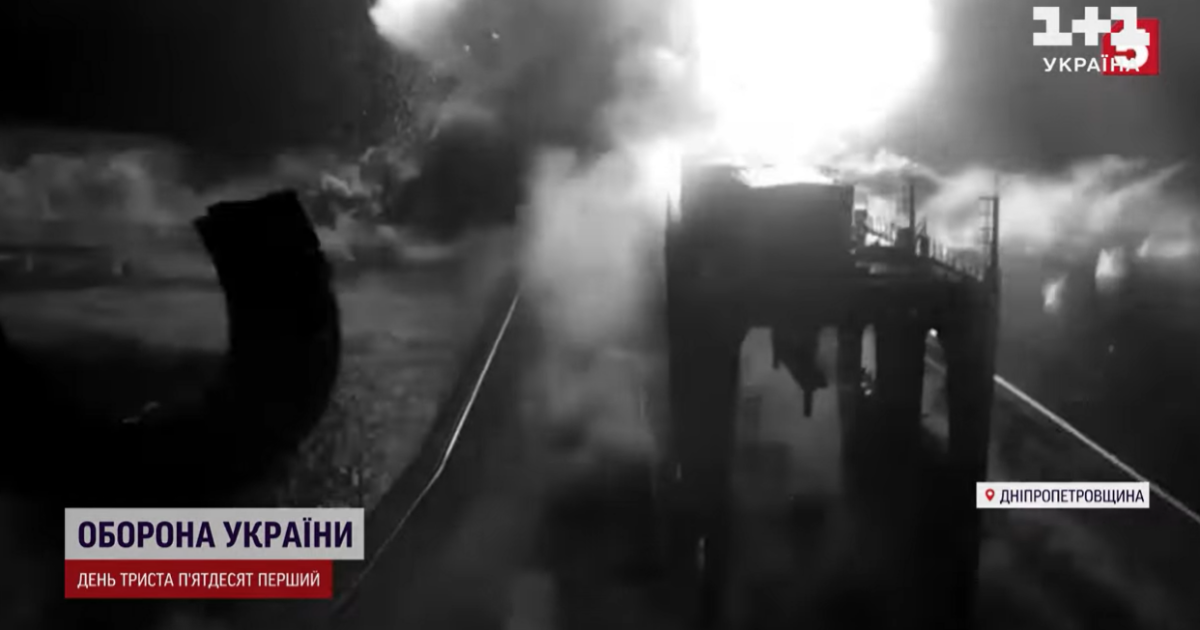Up to half a million people in the Dnipropetrovsk region may be left without water supply due to the rapid shallowing of the Kakhovsky Reservoir.
Since November, the water level there has dropped by almost three meters.
When the Russians were fleeing from Kherson, they damaged the dam of the Kakhovskaya HPP, and since then water has been flowing out by thousands of cubic meters, TSN reports.
Currently, the bank of the Kakhov reservoir has dried up, the water has receded by 150 meters, and this is far from the end, experts say.
"Before the shallowing, the water level was 2-3 meters higher.
There were extremely beautiful places here, there was a nice little beach, on the left there was a former collective farm, there was life," the locals say.
Where he once swam and fished, now he walks.
Serhiy Lalov, the local deputy chairman, says that he grew up on this shore, he watches with sadness how his favorite places disappear and is afraid to look into the future.
"The situation with the water level and our water intakes is almost critical, if the water drops another meter or one and a half, there will probably be no drinking water in our villages," he says.
The water disaster began in mid-November, when Russians fleeing from Kherson damaged the Kakhovskaya HPP dam.
"They blew up the dam, the road surface, damaged three shut-off gates, and from that moment there has been an uncontrolled discharge of water.
Currently, the water level has dropped by about 2-2.5 meters, depending on the topography, and the draining of water continues," explains Yevhen Yevtushenko, head of the RVA of the Nikopol district.
It is impossible to assess how severe the damage is, and even more so to repair it, the head says, because the Russians are constantly shelling the dam.
Therefore, most of the Nikopol district, which is almost 300,000 people, may be left without water.
"Currently, we have a problem with water intake in two communities.
The concern about the city of Marganets, the concern about the city of Pokrov, these are large areas that are already on the critical edge," Yevtushenko adds.
Raisa Ivanovna does not remember the Kakhov Sea being so shallow.
She lives on its lonely shore, her surroundings are constantly under enemy fire.
The house is battered, with only one surviving window, but now, in addition to the shelling, Mr. Raisa worries about where to get drinking water if it disappears.
There are no wells, at least in Chervonohorigryvka, and local springs are also under fire.
They also worry about water in Nikopol, which has been under daily shelling for seven months.
Two and a half thousand houses there are damaged, networks are regularly interrupted.
But, they say in the city council, as long as there is water in the city, they are even ready to share it.
"We have two water intakes, we are currently working on the nearest one, in it we still have a depth of about 2.5 meters, if there is a further drop of water, then we will move to the second intake, which is located along the reservoir, and we have about 7 meters, there are still depths", - assures the mayor of Nikopol, Oleksandr Sayuk.
In order to save the situation, they are trying to maintain the water level in the Kakhov reservoir at the expense of others.
In addition, in the Nikopol district, powerful pumps were purchased for pumping drinking water, but without repairing the damaged dam, the leakage of water cannot be stopped.
Read also:
The Hague presented evidence of Putin's involvement in the downing of flight MH17, but he will not be tried and the case was closed
Kherson Island under the attack of the Russian "Hrads": holes in the high-rise buildings, and the blood of the dead on the ground
American weapons and armored vehicles that can withstand a direct hit by a tank help the military to defend Ugledar
